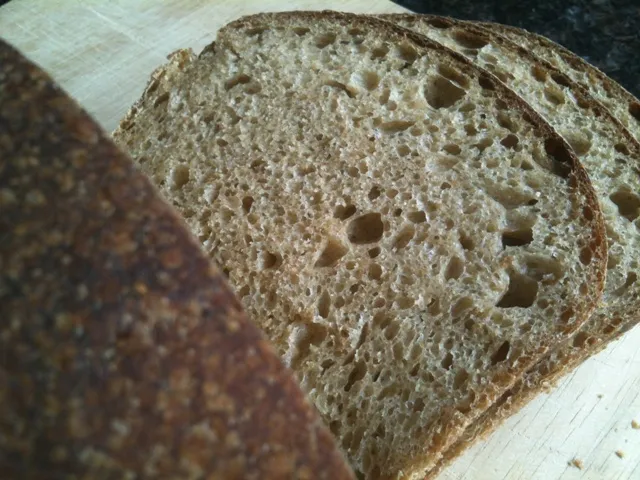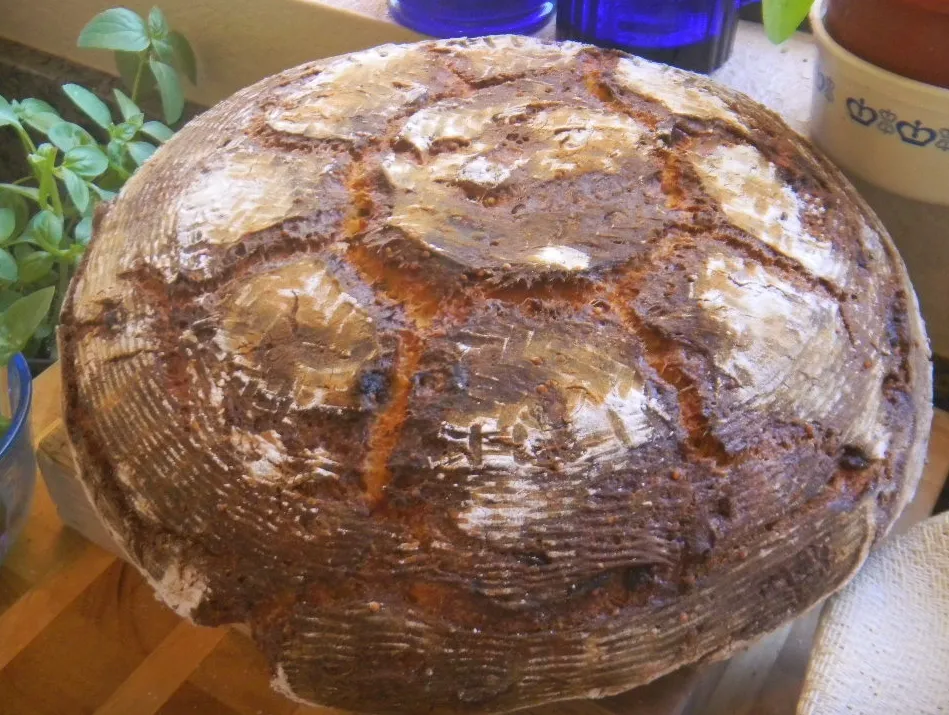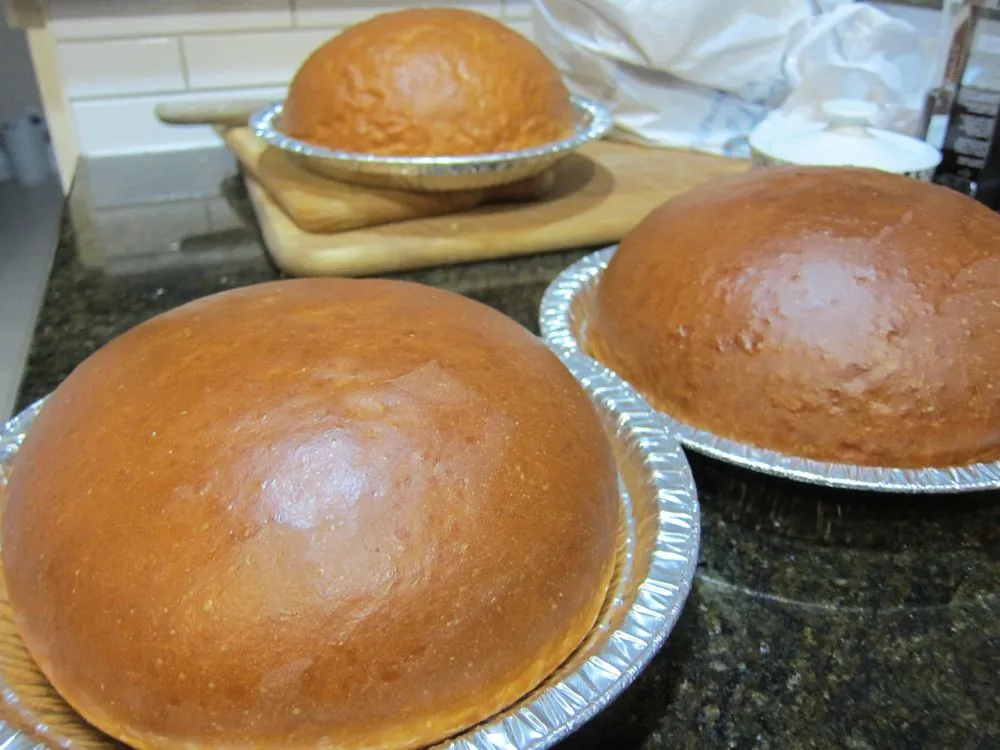Not the Naan

Today for our 3 pm dinner of Pork Kabob's, excuse me, that's Pork Kabab's with a Cucumber, Yogurt Sauce. Inspired by a Saveur magazine recipe. I wanted a nice easy Naan/Pita bread on the thickish side to enjoy with the PK's. This was a first for me making a Naan and, I quickly settled on a recipe I found surfing around. I changed the whole wheat flour addition to an organic white whole wheat, I had been wanting to use up. I added quite a bit more AP flour.
- Log in or register to post comments
- 8 comments
- View post
- SylviaH's Blog
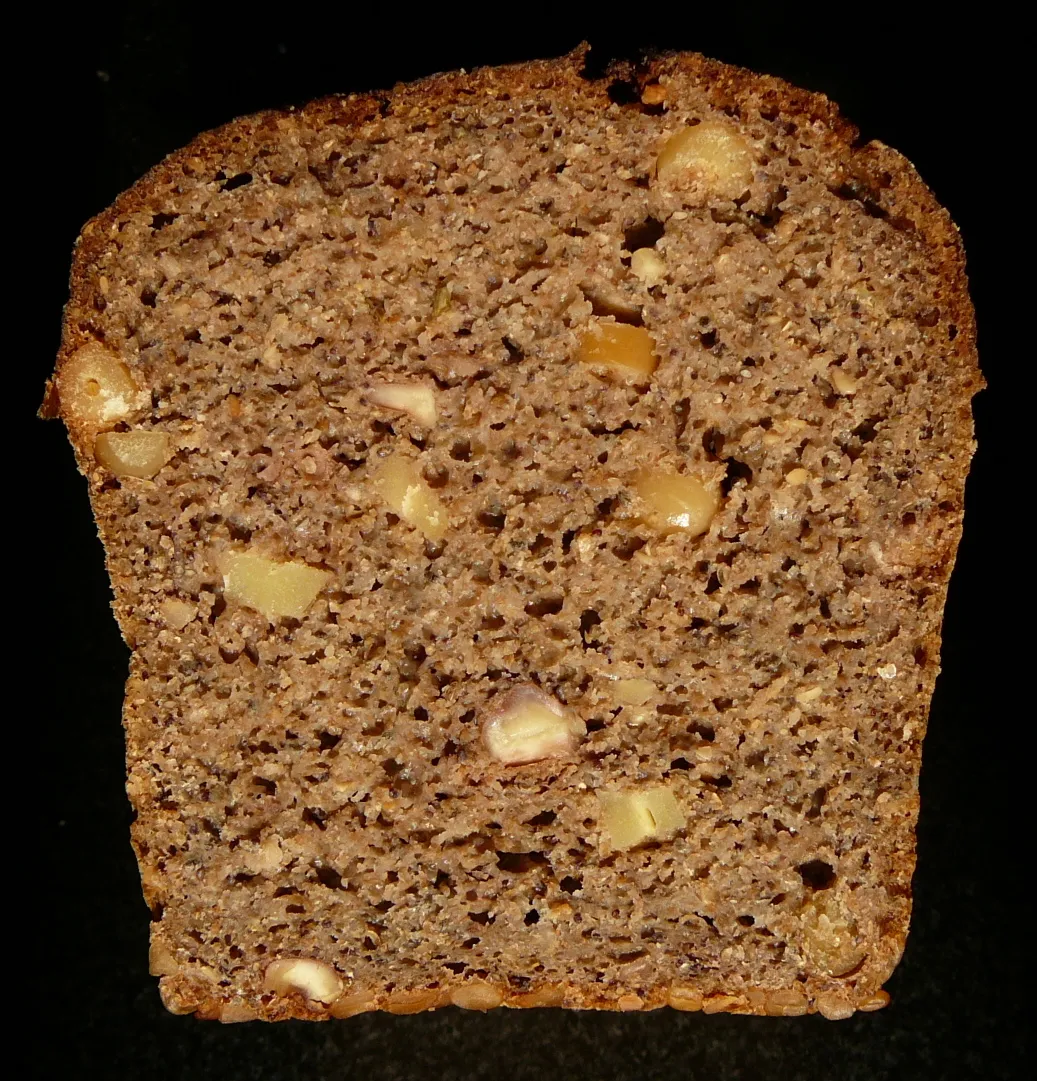
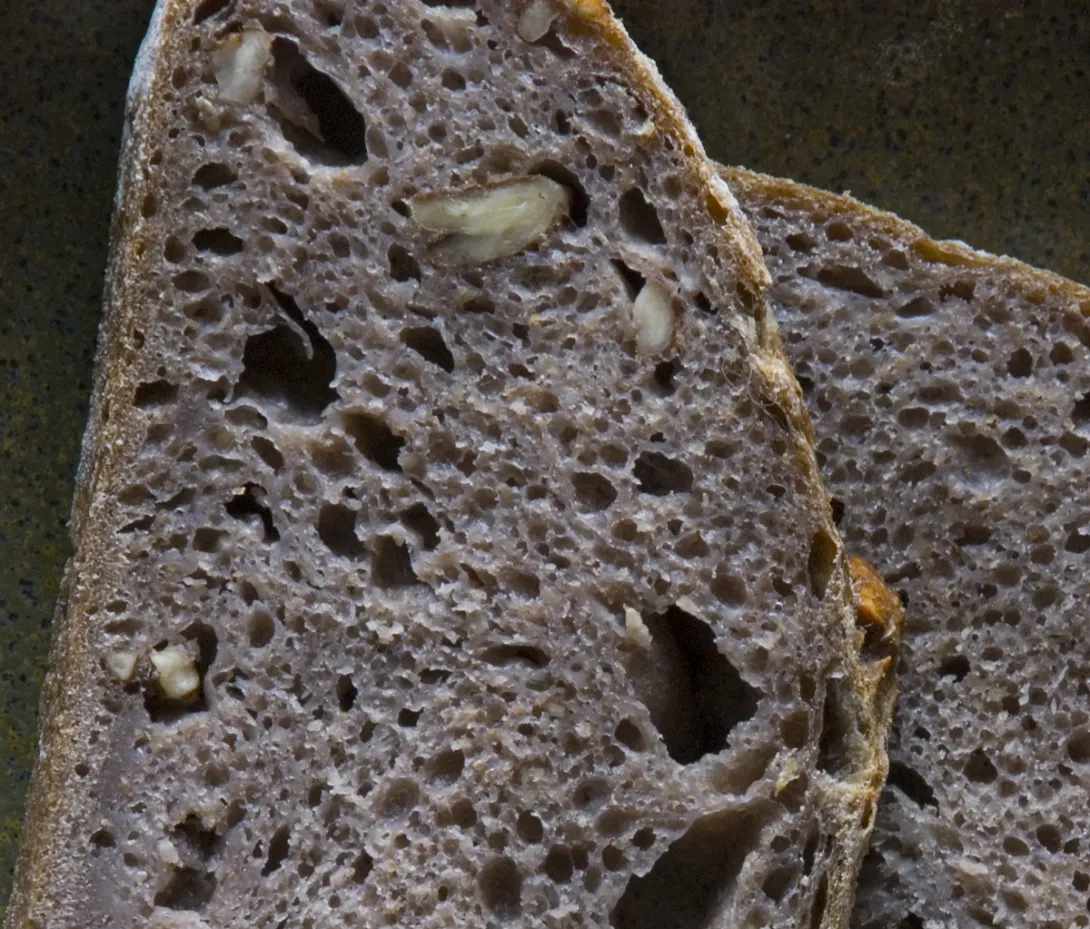

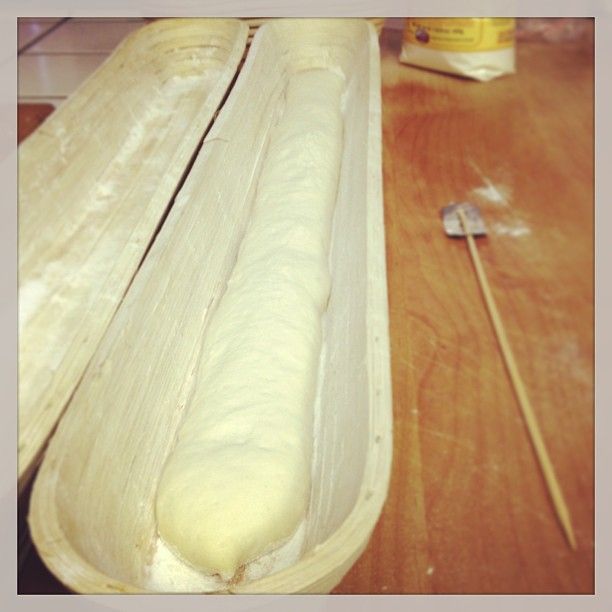 [/URL]
[/URL]